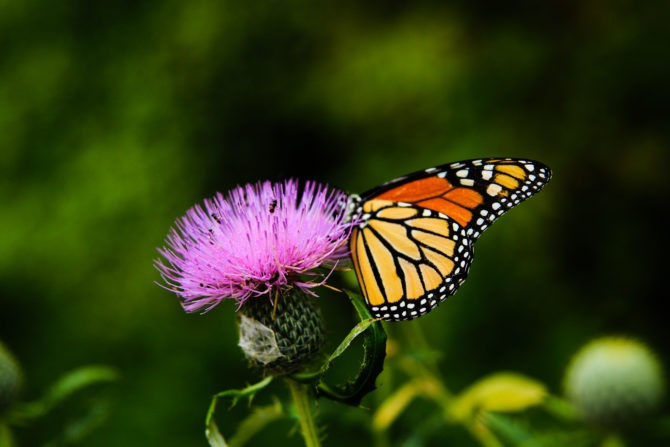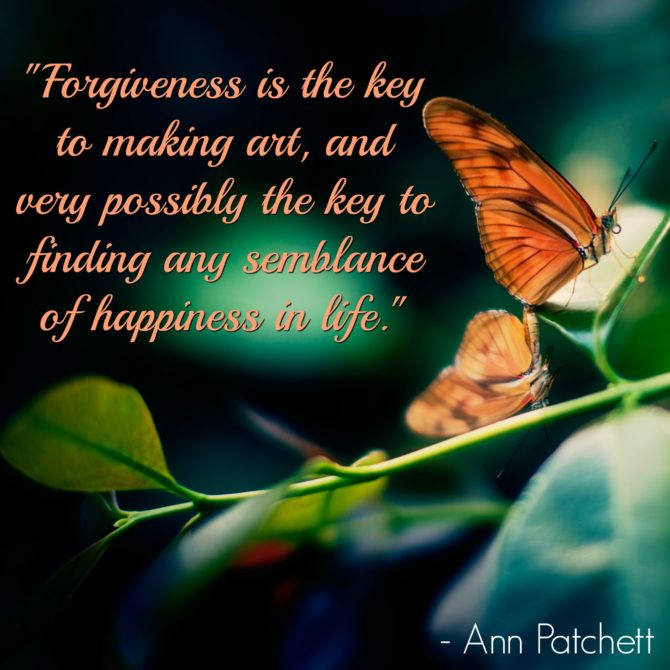“There are people who write in order to find out where the story goes,” writes Ann Patchett in her essay The Getaway Car. “They say if they knew the ending of the book there would be no point in writing it, that the story would then be dead to them. And they’re right. There are also people, and I am one of them, who map out everything in advance.”
I am not a writer of stories or books. But I do write my share of blog posts, and when it comes to writing styles, I fall decidedly on the side of “map out everything in advance.”
My blogging editorial schedule extends at least two months into the future, with post topics neatly filling calendar squares that serve as a roadmap for the coming season. As the time approaches for me to set idea to paper (err. . . screen), I begin the process of writing the post in my head. I enjoy this cerebral task of mentally reworking ideas and molding them into sentences. I am an artist creating a masterpiece, one brushstroke at a time. My writing is clear and original, coherently conveying creative concepts and infused with impressive insights.

My problem begins when I sit down to the computer to begin the transcription process. Somehow, in traveling the distance from my imagination to my keyboard, my celestial ideas become muddied. Sentences that seemed exquisite in my writers’ mind are unwieldy and even unintelligible when blinking up at me from the screen. My masterful post is nothing but the scribbles of an enthusiastic preschooler just given her inaugural box of paints. Once again, I find that the expert wordsmith that exists in my head is nothing but an inarticulate novice in the flesh.
It’s comforting to know that even the best of writers suffer from this affliction. Ann Patchett describes her book-writing process this way:
“I make up a novel in my head. . . . I’m figuring things out, and all the while the book makes a breeze around my head like an oversized butterfly whose wings were cut from the rose window in Notre Dame. This book I have not yet written one word of is a thing of indescribable beauty, unpredictable in its patterns, piercing in its color, so wild and loyal in its nature that my love for this book, and my faith in it as I track its lazy flight, is the single perfect joy in my life. It is the greatest novel in the history of literature, and I have thought it up, and all I have to do is put it down on paper and then everyone can see this beauty that I see.”
But then, like me, her ideas come crashing down to earth.
“When I can’t think of another stall, when putting it off has actually become more painful than doing it, I reach up and pluck the butterfly from the air. I take it from the region of my head and I press it down against my desk, and there, with my own hand, I kill it. It’s not that I want to kill it, but it’s the only way I can get something that is so three-dimensional onto the flat page. Just to make sure the job is done I stick it into place with a pin. Imagine running over a butterfly with an SUV. Everything that was beautiful about this living thing— all the color, the light and movement— is gone. What I’m left with is the dry husk of my friend, the broken body chipped, dismantled, and poorly reassembled. Dead. That’s my book.”

Patchett’s graphic depiction of words gone awry is one that resonates with me on multiple levels: in writing, of course, but also in other areas of life. Conversations, daily plans, even life goals—all of these things are perfectly formulated in my mind, mapped out with intricate detail and an artists’ craftsmanship. But the reality is much different. Conversations get off track. Daily plans are shattered. Life goals are altered or even abandoned. The metaphorical butterflies are killed, one poor decision or unforeseen circumstance at a time.
I know that you have murdered a butterfly or ten in your life, too. We mourn the deaths of our butterflies—this is healthy and necessary if more are to be born. But then we must move on. This heartbreaking process of relinquishing our butterflies is not for the faint of heart. It requires courage and humility to forgive our shortcomings, let go of what is broken, and forge ahead into something new. We will likely encounter moths and even some mosquitoes as we move ahead, but we just might meet new butterflies, perhaps some that are even more beautiful than our earlier imaginations could have envisioned.
Bringing it back to writing. . . I had another post topic scheduled for today. Per my usual system, it sat on my calendar for months and just last week I began to mentally clarify my ideas. I would be writing about hate and fear, and how these can both be conquered by love. It was a good post, one that was excited to share—until I actually wrote it down. Suddenly, my groundbreaking post was nothing I would want to read to myself, let alone share with my readers. The harder I tried to make my words work, the worse they sounded. I had massacred my butterfly.
I might have reassembled my poor specimen. Instead, I decided to let him go. My former post is buried, and in its place is this meager offering about writing that is painful and ideas that morph into new ones. “Only a few of us are going to be willing to break our own hearts,” writes Patchett, “by trading in the living beauty of imagination for the stark disappointment of words.” These words may disappoint, but I hope they do not fail to inspire.

[…] Killing the Butterfly // Many readers resonated with the idea of relinquishing overzealous idealism to pursue an even better reality. […]
I missed this post somehow and just found it! I LOVE this. I just read the Getaway Car too. The things in my imagination are so much better than reality, most of the time! I didn’t think of how this relates to other things in life, but so true. Very encouraging. <3
Glad you found it encouraging! And thanks so much for the positive feedback! 🙂
[…] are truly outstanding. (I especially resonated with “The Getaway Car,” which inspired last Friday’s post). I differ from Patchett on several political points, and am puzzled by some of her life choices, […]